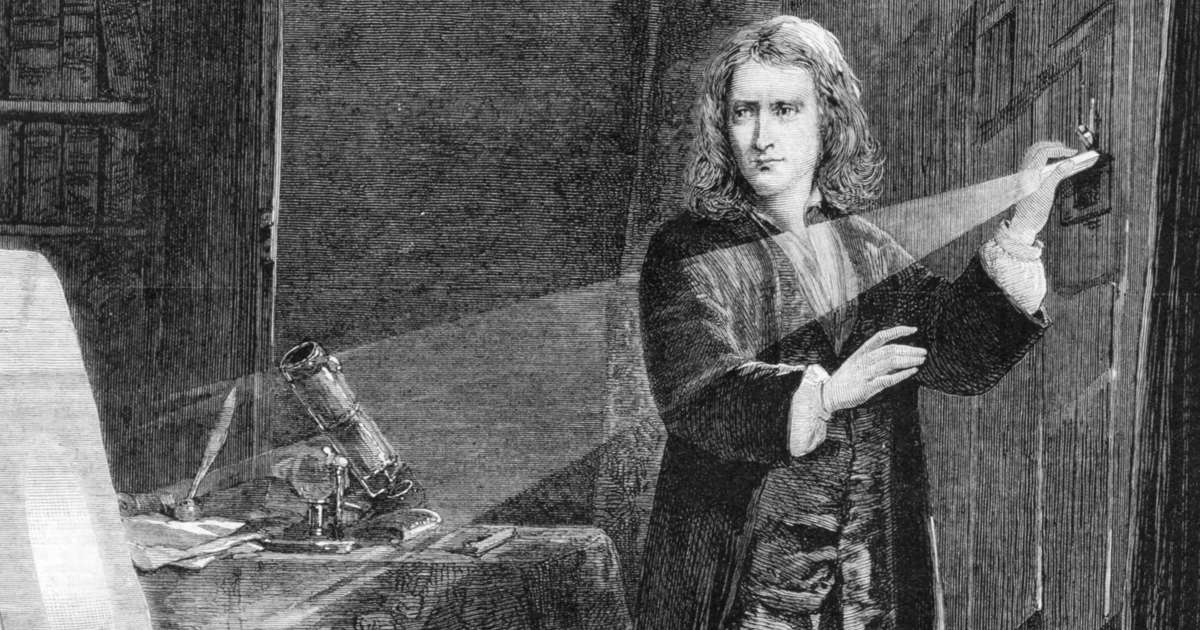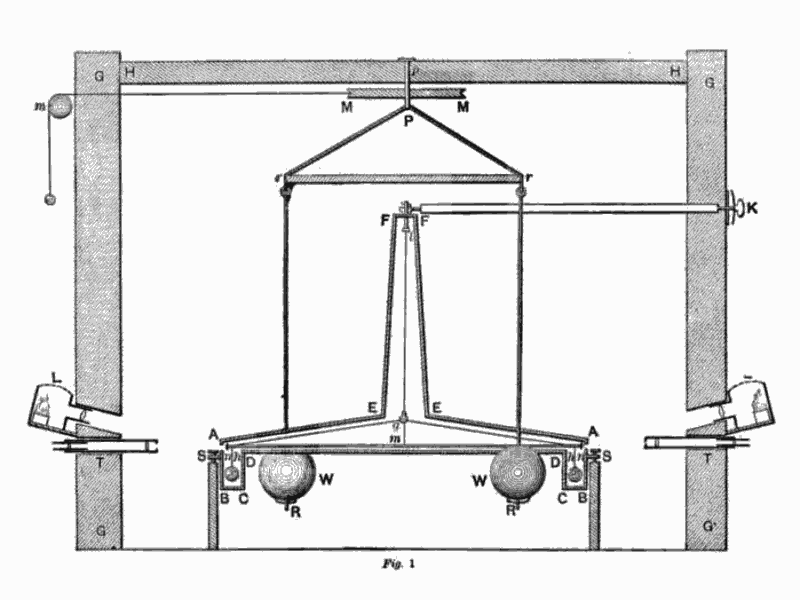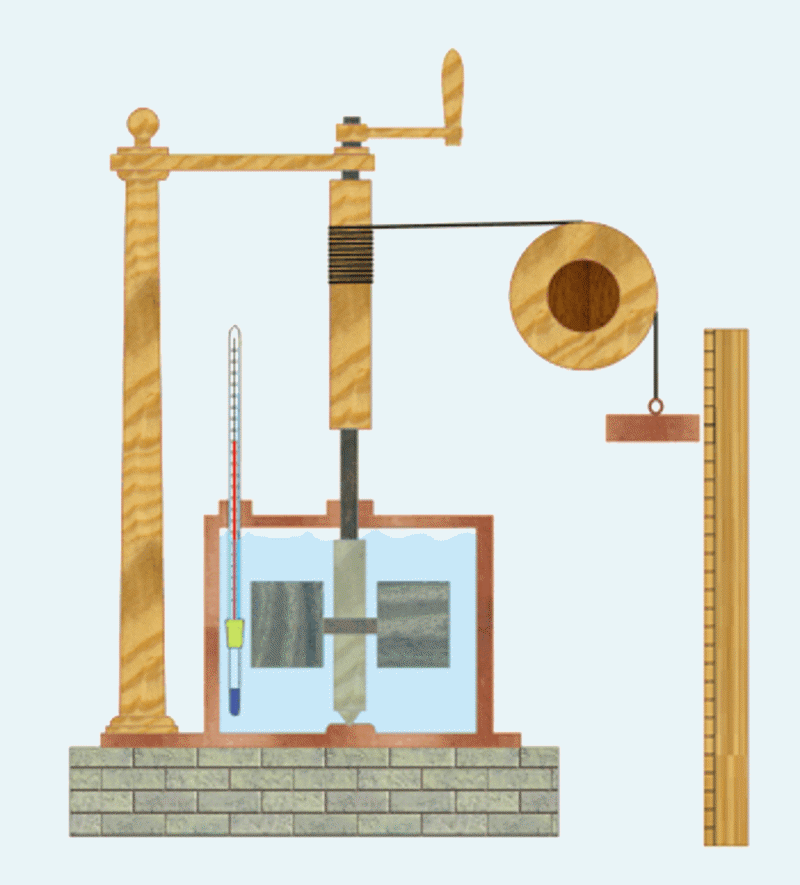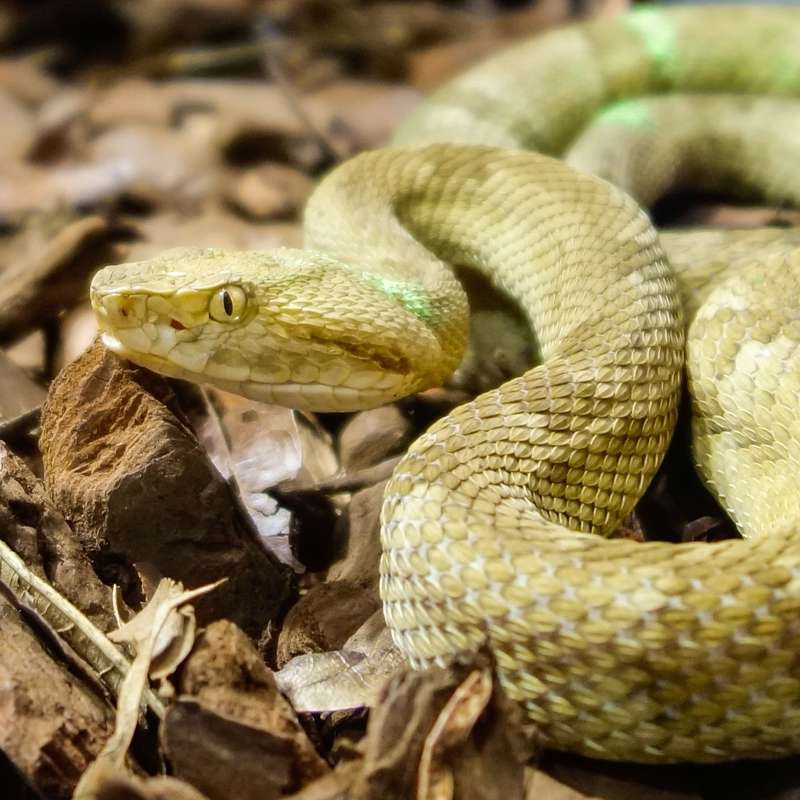5 experiments that changed history

In all disciplines there are moments that mark history. Surely you can indicate which film, in your opinion, had the greatest influence on the evolution of society. However, in the world of science, these moments acquire exceptional significance, since in addition to the fact that they are recorded in books, they mean points of no return in human knowledgethat is, situations in which the ways of assessing reality and nature have completely changed.
Although deciding on five is a very difficult task, we present to you a selection of those experiments that, without a doubt, were inflection point in the history of knowledge.
NEWTON SEPARATES THE WHITE LIGHT
In 1672, Sir Isaac Newton conducted an important experiment that revolutionized the understanding of light and optics at the time. In a dark laboratory, Newton passed a thin beam of white light through a triangular glass prism. What appeared on the other side of the object, to Newton’s surprise, was not a simple beam of light, but a spectrum that opened with a fan of colors. It was about revealing the true nature of white light: it was not a homogeneous entity, but a combination of individual colors.
This experiment on the refraction of white light not only challenged long-held beliefs of the time, but also laid the foundation for the corpuscular theory of light, where Newton postulated that light is made up of different particles moving at different speeds and they diverged as they passed through different media. Thus, not only was optics radically transformed, but it became an experiment that paved the way for future advances in the science of light and vision.
CAVENDISH WEIGHES THE EARTH
In 1798, Henry Cavendish conducted an experiment that made it possible for the first time calculate the mass of the earth with great precision. Using a device known as a torsion balance, Cavendish measured the force of gravitational attraction between two small masses and two large masses. By hanging small masses on a wire and watching them rotate slightly under the gravitational pull of larger objects, Cavendish was able determine the constant of universal gravitation and use it to calculate the mass of the Earth.


A vertical sectional drawing of the Cavendish torsion balance, including the room in which it was located. The large spheres were suspended from a frame so that they could be oriented outside the relatively small spheres using a pulley system.
It was an experiment that required extreme precision and great patience, but produced amazing results.– provided a revolutionary measure of the density and mass of our planet, thereby laying the foundation for the modern understanding of gravity and geodesy. Moreover, having such a precise value allowed us to advance the calculations and research of the time, as if it were a missing piece to complete the puzzle.
JUL DEMONSTRATES CONSERVATION OF ENERGY
James Prescott Joule conducted an experiment in 1840 that completely revolutionized the understanding of the most fundamental nature: principle of conservation of energy. Joule designed a very clever device that consisted of a series of blades submerged in water inside a thermally insulated container. Rotating the blades with the help of a suspended load, Joule noticed that the water temperature had increased. By measuring the quantity work is done And amount of heat generatedJoule was able to establish a direct connection between mechanical work and heat generated.
In other words, this experiment convincingly and conclusively demonstrated that energy cannot be created or destroyedbut I could to turn from one form to another, thereby laying the foundation for the principle of conservation of energy, a fundamental law of modern physics. This pioneering work of Joule completely redefined energy, laying the foundation for future advances in thermodynamics and particle physics, and giving rise to the famous phrase “energy is neither created nor destroyed, it is transformed“


A moving diagram illustrating Joule’s experiment to determine the conservation of energy.
HIPPOLYTE PHYSO MEASURES THE SPEED OF LIGHT
In 1851, Hippolyte Fizeau conducted a groundbreaking experiment that allowed speed to be measured with great accuracy. Using an optical device, Fizeau sent beam of light through a rotating gear to a mirror located several kilometers away. The mirror reflected the light back to its point of origin, where another section of equipment intercepted the returning beam of light. Thus, by measuring the gear rotation speed required for the light will be completely blockedFizeau was able to calculate the speed at which light rays move.
This ingenious installation was necessary not only for one of the first accurate and rigorous measurements speed of light, but also pioneered a wide range of innovative research in this area. Knowing the speed of light was important for understanding the behavior and how we receive from light light emitted by a firefly to the luminosity of the Sun.
ROSALIND FRANLIN DNA PHOTOGRAPHY
In 1953, Rosalind Franklin changed the trajectory of genetics with an experiment in which she achieved make the first DNA images Using X-ray diffraction techniques, Franklin obtained detailed crystallographic images of DNA, revealing the characteristic shape of its cells. double helixproviding unprecedented insight into the molecular structure of DNA, shedding light on its spatial arrangement and chemical composition.
Although the experiment itself did not directly lead to the discovery of the structure of DNA, since the images were appropriated by his colleagues Watson and Crick, they played an important role in the formulation andThe famous structural model of the double helix.. This was a key moment in molecular biology and genetics, as it opened the door to the birth of personalized medicine and the understanding of heredity.



